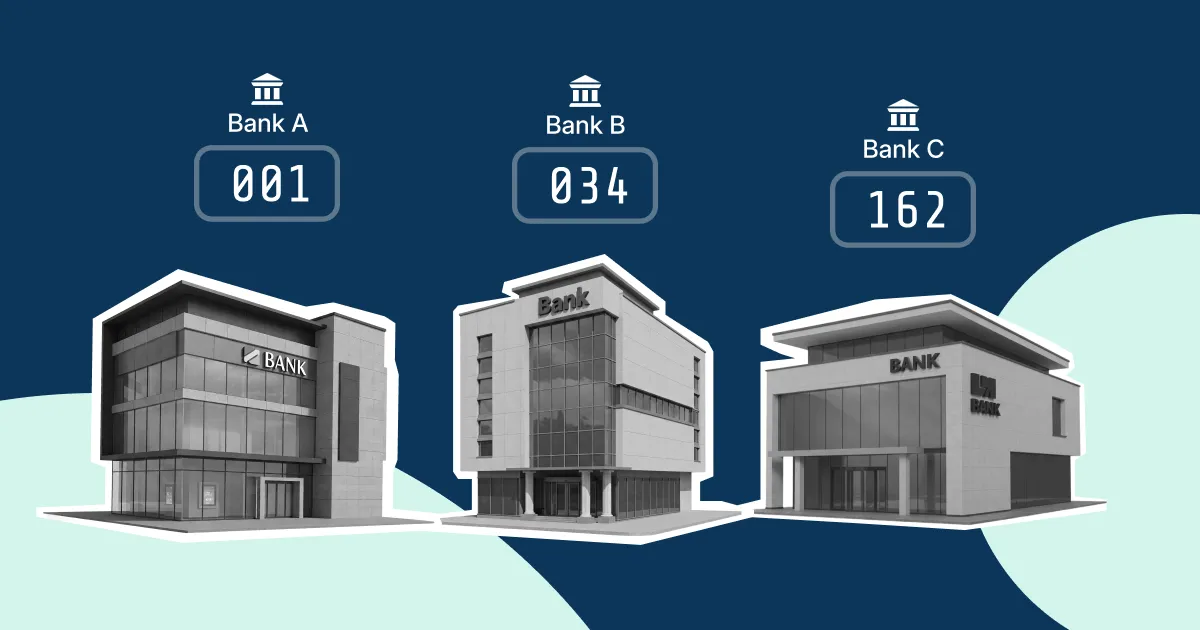Summary
Even in the age of online shopping, credit cards are still one of the most popular payment methods. Therefore, enabling this payment option, especially on websites, can help digital businesses to increase their sales.
For this reason, you undoubtedly want to set up this lucrative payment option on your website. But maybe you do not know how to go about it yet.
In this article, you will learn step-by-step how to set up credit card payments on your website. In the end, you will be able to not only offer customers who prefer credit cards a smooth shopping experience, but also help your business grow.
Why should you accept credit card payments on your website?
The credit card is arguably one of the most conventional non-cash payment methods, as people have been using it for transactions since before the era of online businesses. But interestingly enough, despite the rise of alternative payment options, the credit card is still one of the preferred payment methods in society today.
According to GlobalData's Financial Services Consumer Survey 2023, 31.9% of e-commerce consumers in Singapore still prefer to use payment cards, including credit cards, to make purchases on online platforms.
This trend is not limited to Singapore. In Indonesia, for example, credit card transactions have increased significantly despite the continued preference for cash transactions.
Data from Bank Indonesia shows that credit card transactions amounted to Rp405.33 trillion in 2023, an increase of 25.25% from the previous year. The volume of transactions also increased by 14.83% to 393.62 million in the same period.
Why do consumers continue to prefer credit cards despite the availability of alternative payment methods? There are three main reasons.
- Convenience
Credit cards offer a practical and convenient way to carry out transactions. Customers simply enter their credit card details when paying online and can even save these details for later use. This ease of use surpasses bank transfers, which require customers to open a mobile banking app or visit an ATM and manually enter payment details. - Security
Online credit card transactions are considered secure because you must confirm your identity through several layers of security measures. For example, online credit card payments often require you to enter a CVV code and use authentication methods such as the 3-D Secure protocol. These measures can protect consumers’ sensitive data and prevent customers from fraud or card misuse. - Additional benefits
Credit cards provide extra perks, such as promotions, rewards and other incentives that make them an attractive payment option for many consumers.
Given this compelling data and reasoning, it's clear that offering credit card payment options on your website is a smart move. You will be accommodating your customers' preferences and capitalizing on the growing trend of credit card use.
On the other hand, not having credit card payment options on your website may cause those who prefer to pay with such cards to turn away from your business, causing you to miss out on significant potential revenue.
However, you may not know how to accept credit card payments on your website. You may think that setting up a credit card payment is a complicated and time-consuming process.
Luckily, thanks to payment gateways, you can now easily set up a credit card payment on your website. Here are the five steps to do it.
5 steps to accept credit card payment on website
1. Ensure your website builder supports online payments
Not all websites are suitable for processing online payments. Websites built on instant and standard blog platforms, for example, do not have this capability. Therefore, you need to ensure your website builder can support online payments.
You also need to equip your website with an SSL (Secure Socket Layer) certificate to increase your website security. But what does the SSL certificate do on your website?
SSL certificates convert the URL of your website from HTTP to HTTPS, which indicates a secure data exchange between customers and servers. They also encrypt data and protect your website from cyber attacks - important functions for handling sensitive information such as credit card data.
To obtain an SSL certificate, you must register with a certification authority (CA), which verifies your entity’s identity and issues the certificate. Note that some CAs may charge a fee for this service.
2. Choose a payment gateway and set up an account
Once you have secured your website, select a payment gateway that meets your business needs. Ensure the service complies with the Payment Card Industry Data Security Standards (PCI DSS) and supports credit card payments.
If you’re unsure which payment gateway provider to choose, you can read the guides to choosing the ideal payment gateway for your business.
Register your business with this provider as soon as you have decided on a payment gateway. Then verify your account by submitting the required documents, which may vary depending on the nature of your business. Verification usually requires you to provide proof of identity, tax information and bank account details.
3. Integrate your website with the payment gateway
As soon as the provider has verified your account, you can start integrating the payment gateway into your website. In this case, the provider will usually provide you with an API key, a unique code that connects the payment gateway system to your website. You can ask your provider how to insert the API key directly into your website.
However, if you have created your website on a CMS platform such as Woocommerce or Shopify, you will need to install the provider’s plugin that is specifically tailored to this platform and insert the API key into the plugin.
Once the API key is installed, your website will be integrated with the payment gateway system. On the dashboard of your payment gateway, you can see if you have successfully installed this key. If yes, you can set up payment methods on your website in this dashboard and then select or check 'Credit cards' as one of your payment options.
Also, you need to know that payment gateways usually offer two types of services for credit card payments: Payment Aggregator and Payment Facilitator.
A payment aggregator is a service that allows you to accept card payments without opening a merchant account with a processing bank or card network. If you opt for this type of service, all funds from customers' credit card transactions go into the provider’s account, which then transfers them to your bank account minus transaction fees.
A payment facilitator, on the other hand, is a service offered by a payment gateway provider that simplifies the process of opening your merchant account with the bank. If you opt for this service, all funds from customers' credit card transactions go directly to your own bank account and not to the provider’s account.
4. Run tests for credit card payments
Once you have successfully integrated your website into the payment gateway system, you can perform various tests to check whether your website can process credit card payments correctly.
During this test, you can carry out real transactions with real money on your website several times and check whether these transactions are successful.
Alternatively, you can also carry out transaction simulations using credit card dummies. However, you can only run this test in the sandbox environment.
5. Completion
If the test is successful, you can offer your customers payment by credit card. Don't forget to display the logos of accepted credit cards, such as Visa or Mastercard, on your website so that your customers know whether they can pay with their card.
Set up credit card payments on your website with Aspire Payment Gateway
A payment gateway can certainly help you set up credit card payments on your website. However, not all providers offer the same level of service.
For example, a payment gateway may offer various payment methods, but its customer service may take too long to answer questions or provide technical support. There are other cases where a payment gateway may offer top-notch customer service but use an unreliable infrastructure.
If you are looking for a payment gateway that allows you to accept credit card payments, offers responsive customer service and uses a reliable system, Aspire Payment Gateway can be the ideal solution.
Depending on your business needs, Aspire can act as a payment facilitator or an aggregator to help you accept Visa, Mastercard and JCB credit card payments.
Aspire is PCI DSS certified to ensure secure transactions on your website and implements 3D Secure standards for even greater security. In addition, Aspire’s customer service team is always ready to answer your questions and provide technical support when needed.
Keen to learn more about how Aspire can help you improve your organization’s financial operations and streamline workflows? Talk to our sales team today, or sign up for free to get started.










%201.webp)


.webp)